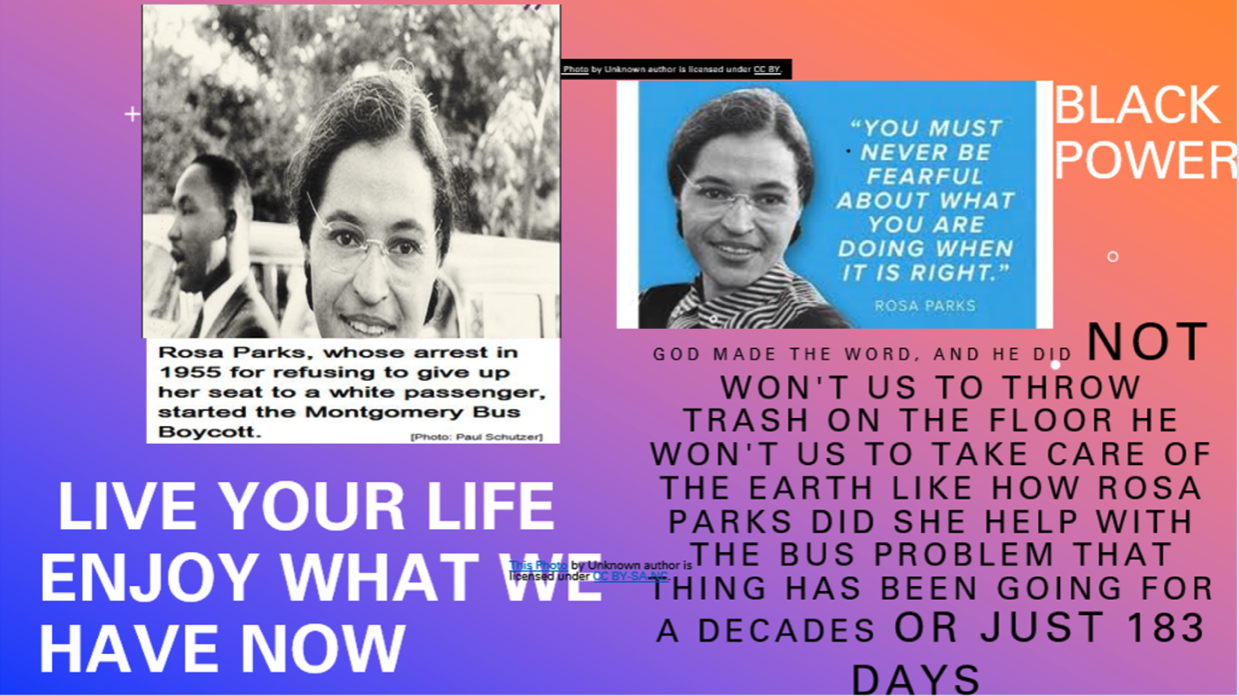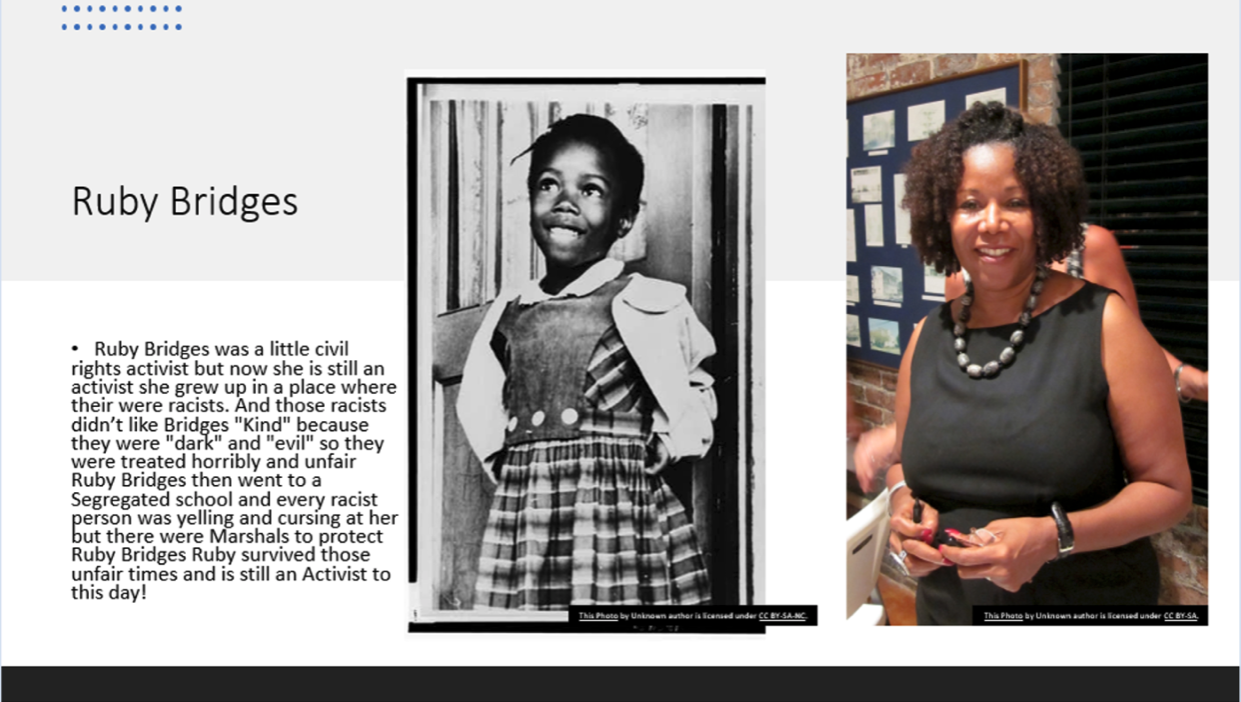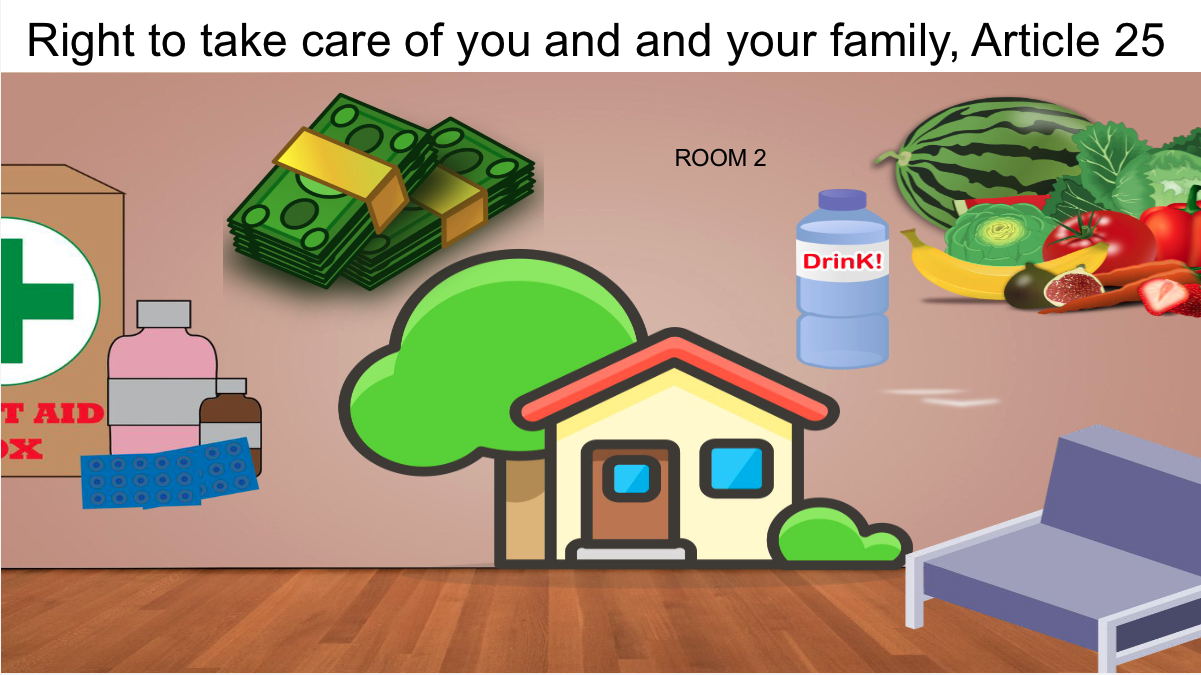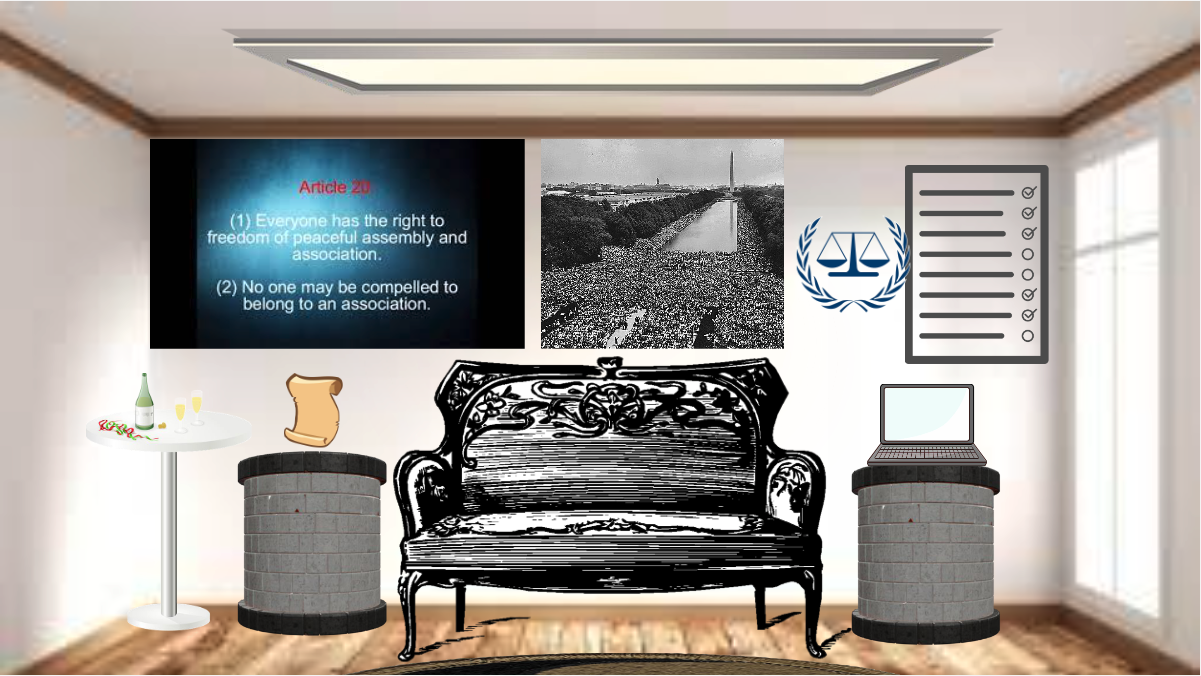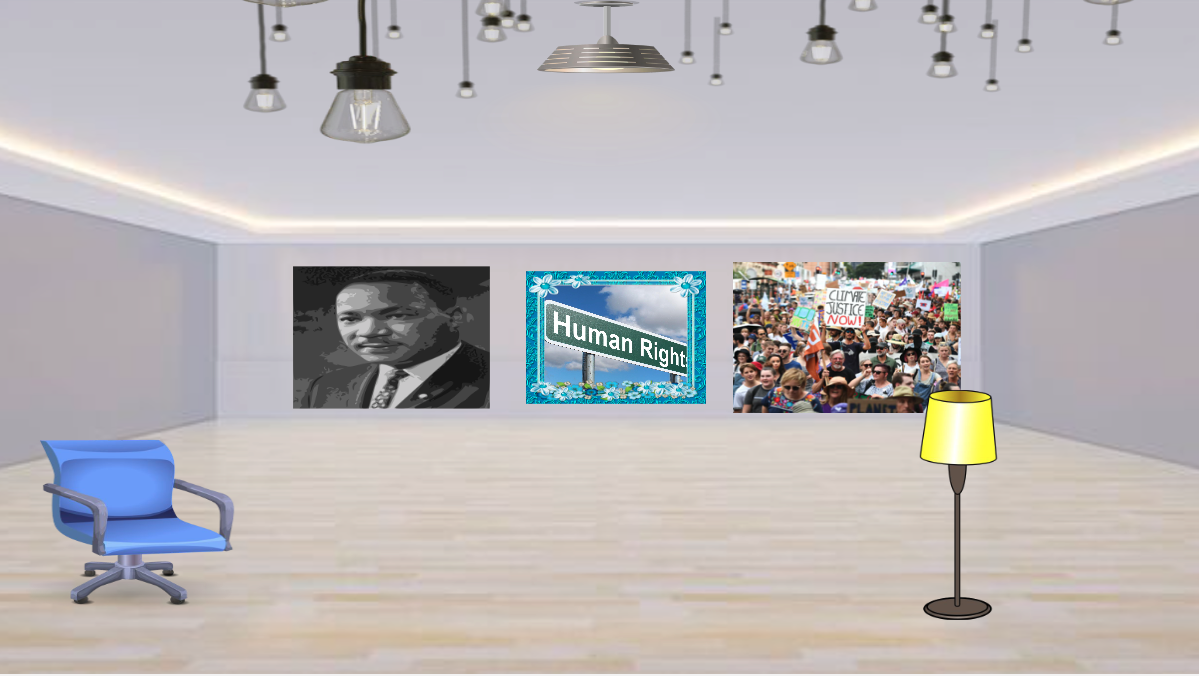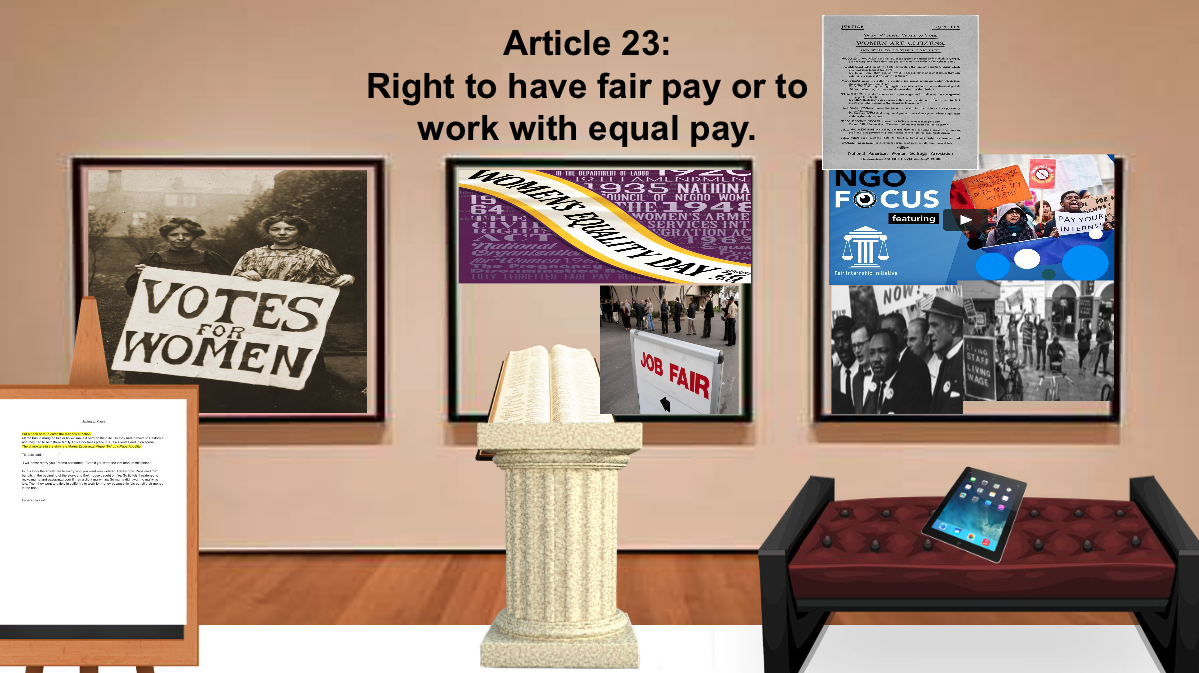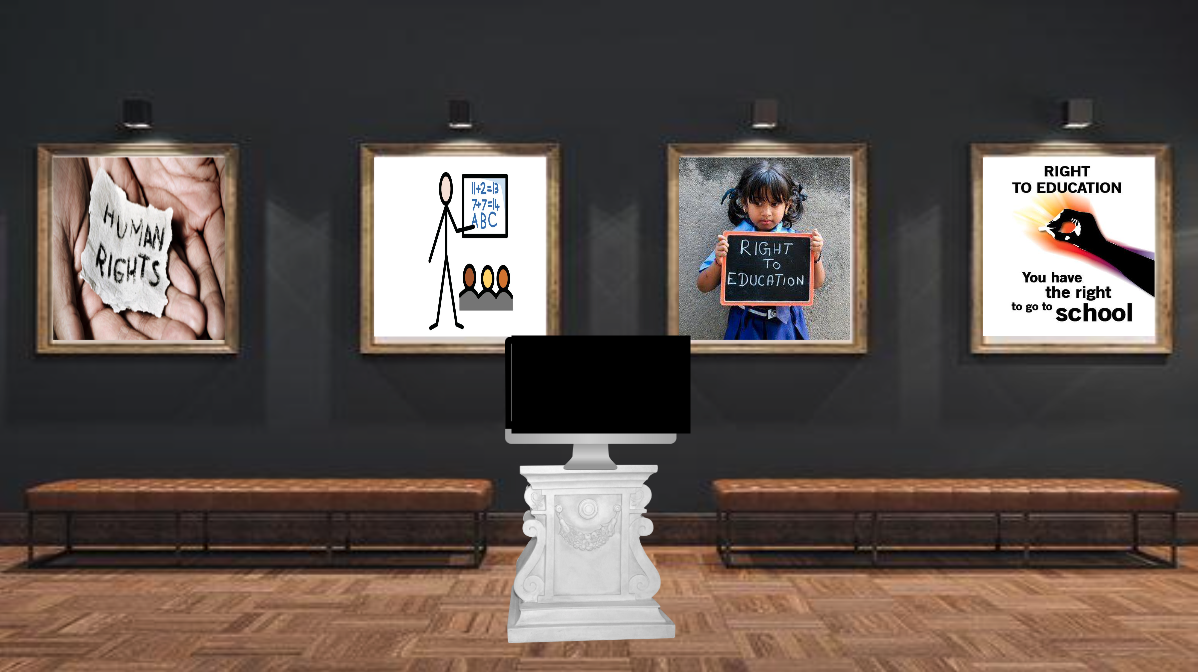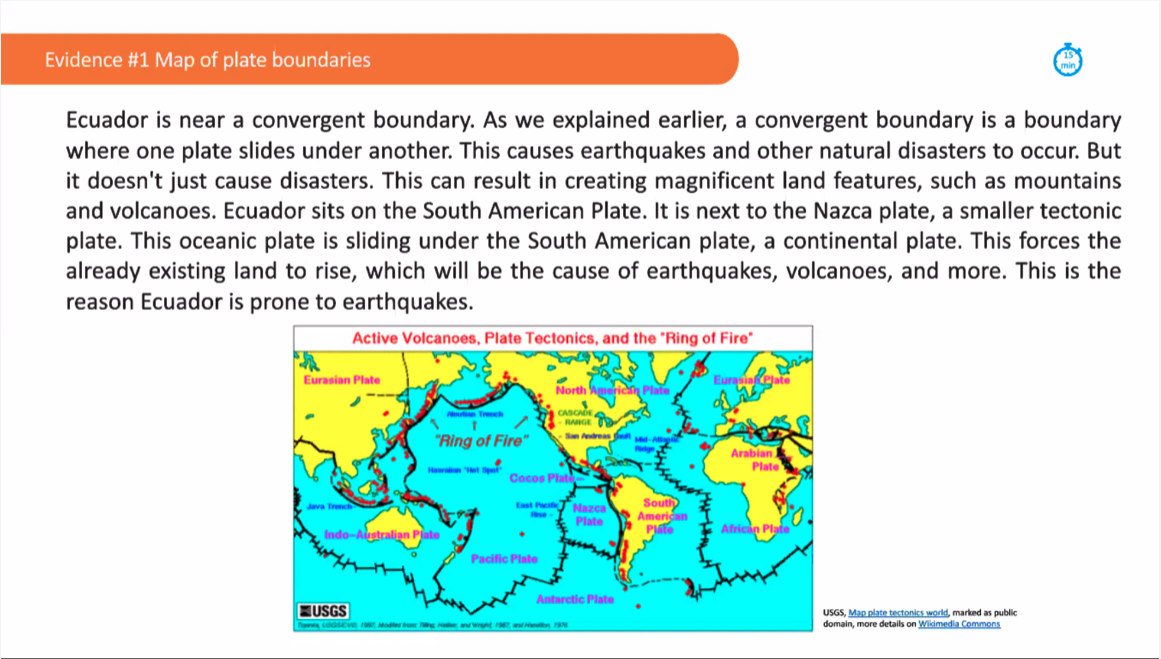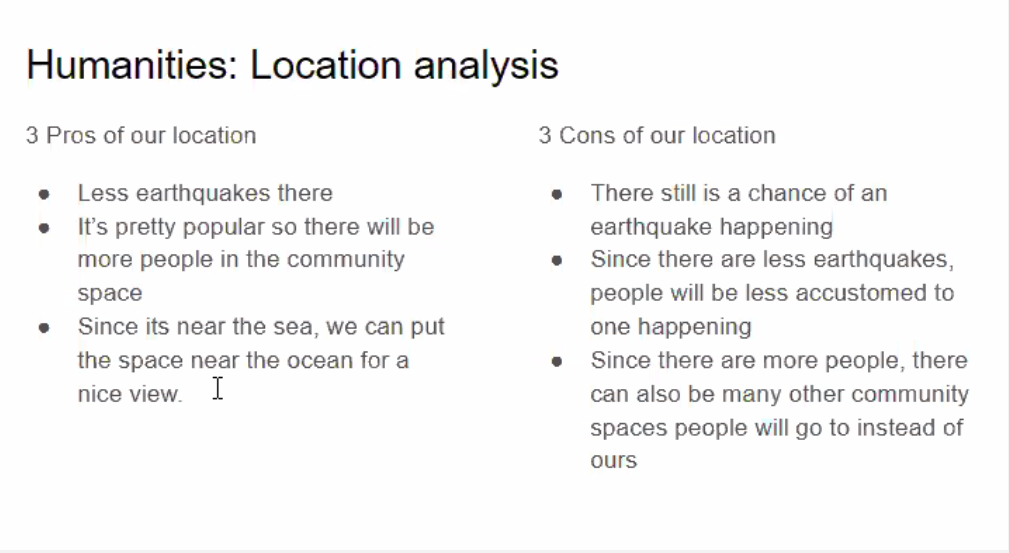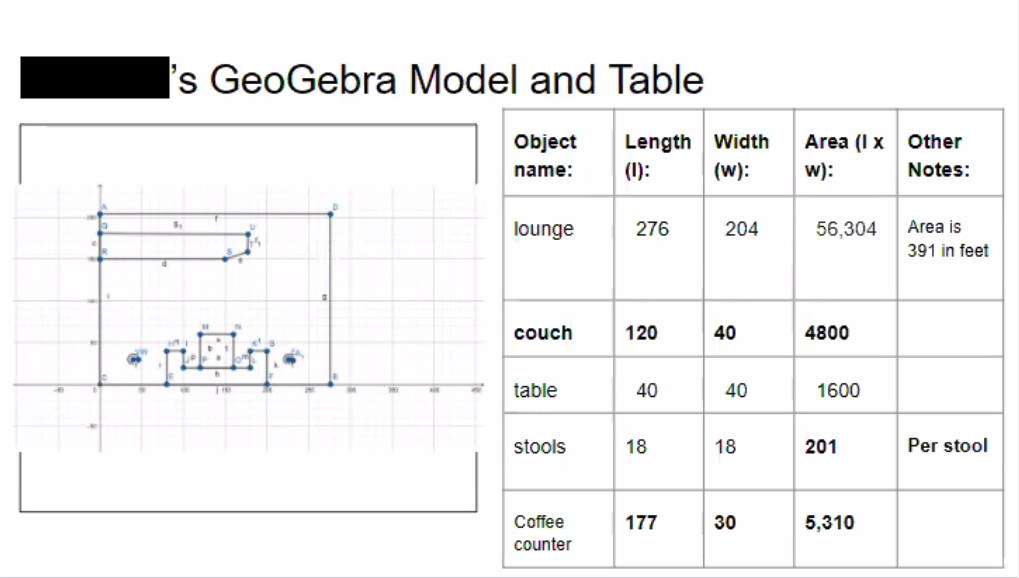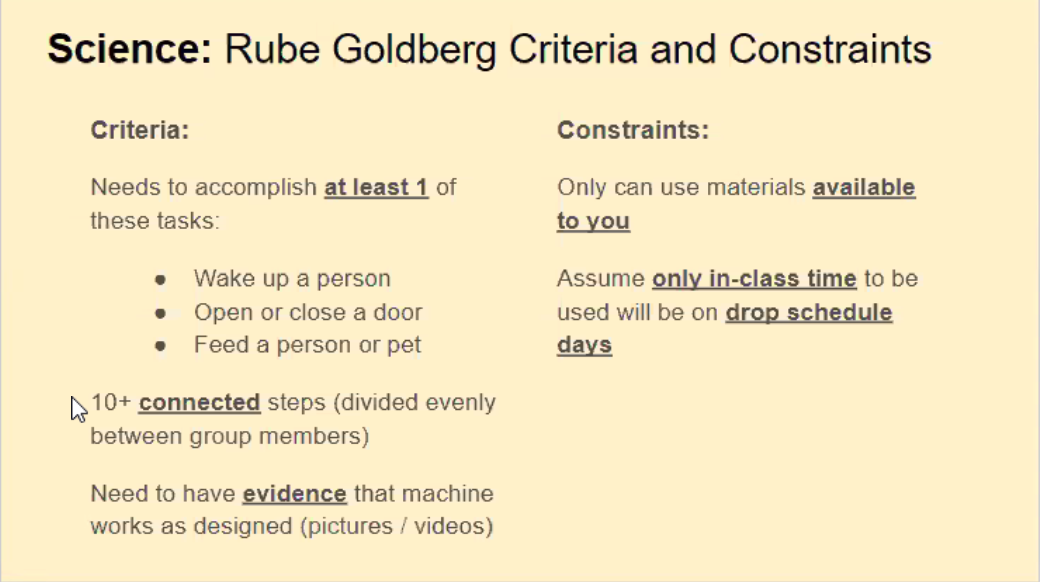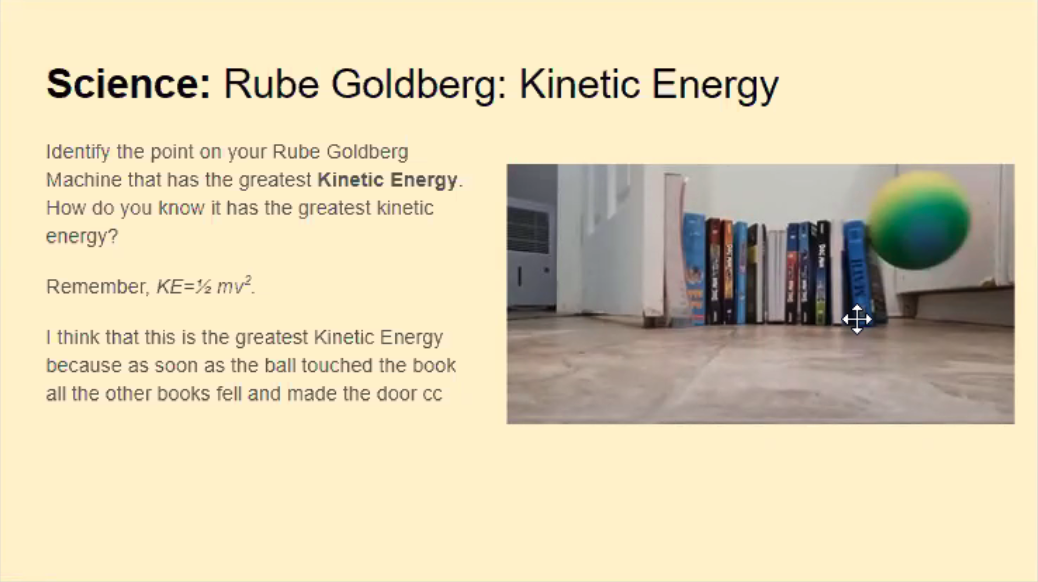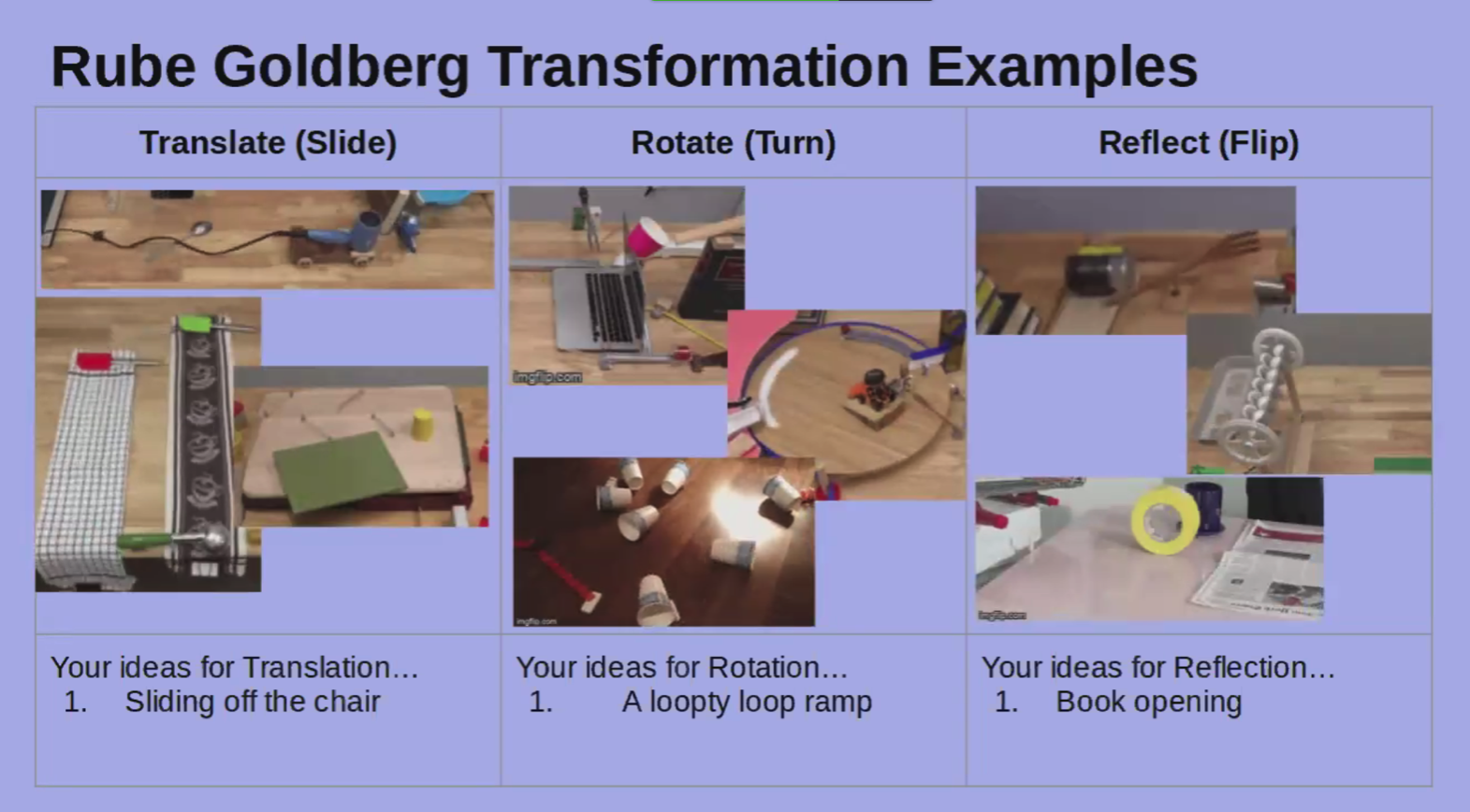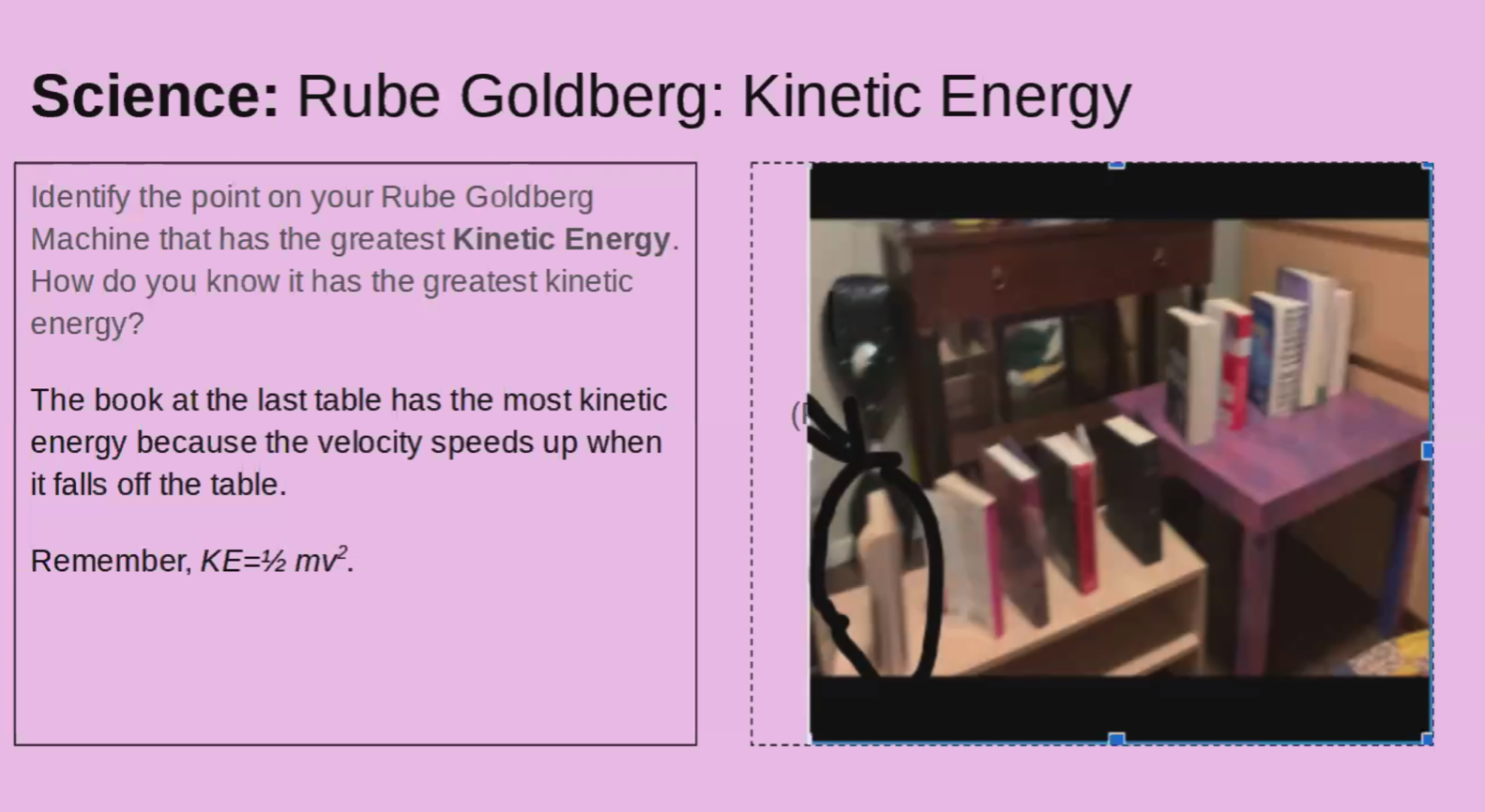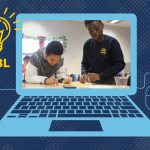
Our First Virtual Exhibitions: Recapping Student Success
Welcome back! As we slowly return from a much-needed holiday break, students and teachers are gearing up for another semester of learning online. But before we get ahead of ourselves, let’s take a moment to look back at last semester’s virtual exhibitions and recap the amazing student works that came out of the first project-based learning cycle of the school year. Throughout the months of November and December, K-12 students across our partner schools presented their final projects to families, peers, teachers, and TAF staff guests through virtually held exhibitions. As a culminating demonstration of their learning, exhibitions give students a chance to present their ideas, inquiry processes, and creative solutions to real world problems. This is how TAF measures student success — not simply by a score or letter grade, but by how effectively students apply their different skill sets, creativity, and learning through the means of their project. This year, each school and grade level explored different Driving Questions (DQ) related to the topic of community, resulting in hundreds of unique, thoughtful projects created and conceptualized by students.
Roosevelt Elementary
3rd/4th Grade – DQ: How can we help our community by being advocates and allies?
Roosevelt’s 3rd graders presented quotes from different leaders of different communities, explaining why they are an advocate and how their leadership affected real-world civil rights issues. As you can see, words from Nelson Mandela, Rosa Parks, Ruth Bader Ginsburg, and even Lebron James inspire our students to be their own advocates and allies for their community.
The 4th graders took it a step further by writing their own short fictional stories about a superhero of their imagination that acts and serves as an ally to the community. One 4th grade student, Onreivni, wrote an enthralling story about a valiant protector of the environment, a female superhero known as Non-Toxic.
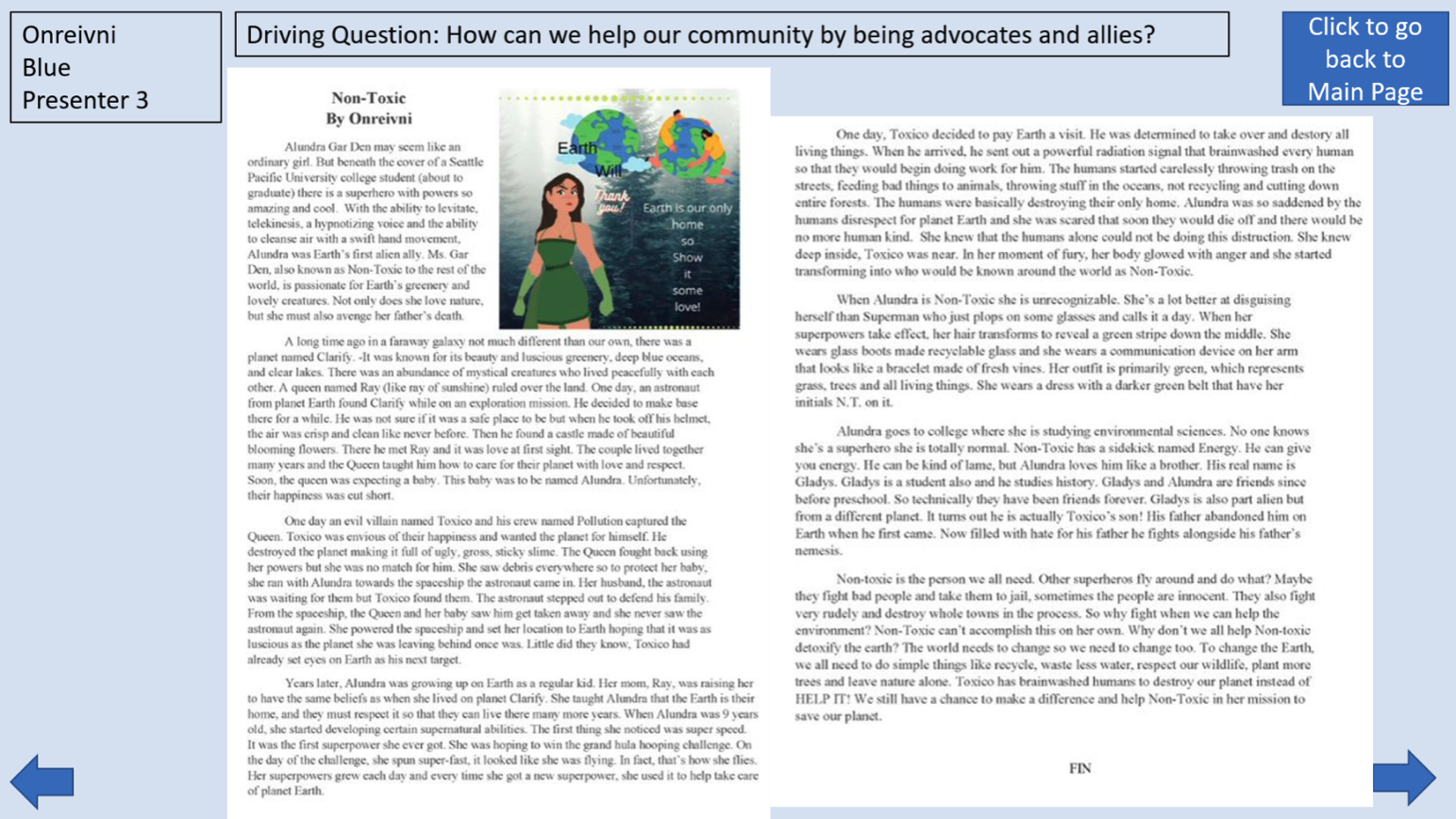
Brigadoon Elementary
5th Grade – DQ: What do human rights mean to you and your community?
5th graders at Brigadoon Elementary created their own virtual Universal Declaration of Human Rights (UDHR) museums, showcasing different artifacts, quotes, images, and texts related to an UDHR article of their choice. Students then presented their museums, explaining why they chose that specific article and what it means to them personally.
TAF@Saghalie
7th Grade – DQ: How have local communities successfully lived in this area with natural disasters?
Taking a more interdisciplinary approach, the 7th graders at TAF@Saghalie researched different communities living in natural-disaster prone areas. Using math, science, and the humanities, students created practical solutions for these communities based on their collective research and creations of location analysis, geogebra tables, and 3-D models.
8th Grade – DQ: How can we build a machine that represents energy and transformation in our world?
The 8th graders at TAF@Saghalie created their own Rube Goldberg machines, a machine comprised of a series of interconnected parts that work together to perform one task. With established criteria and constraints, students built models of different Rube Goldberg machines that can translate, reflect, and rotate objects.
Needless to say, our students showed up and shined in their first virtual exhibitions! Across the board, from elementary to high school, each grade level presented captivating projects that not only answered these pertinent driving questions, but offered innovative ideas, models, and solutions based on real-world implications. This is what STEMbyTAF is all about – real learning driven by real questions and resolved with real-world applications.
Now that we’ve managed to complete the first project-based learning cycle entirely online, students and teachers are more prepared for this next semester of project-based remote learning. Bringing this interdisciplinary approach into the virtual classroom may be more challenging, but it certainly makes for more engaged, inspiring, and relevant learning, which is what our students need. With more on-screen time than ever, it is extremely crucial we continue to encourage students’ creativity and imaginations to dream up a better world – one where they see themselves as the advocates, leaders, and game-changers of their communities. So by the time we go back to in-person learning, these students will not only be well prepared to address the critical issues of our time, but will have the sense of agency, creativity, and ability to solve them in unimaginable ways.

